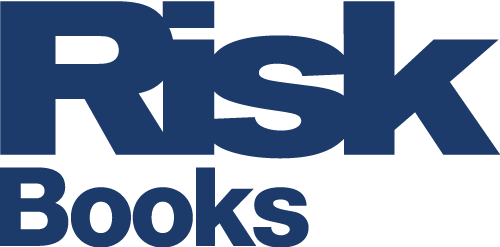Quant of the Year
Quant of the Year
Alexander Lipton
Couldn't load pickup availability
Alex Lipton, a towering expert in the field of quantitative modelling in finance, and the first recipient of the Quant of the Year Award from Risk Magazine, has assembled this collection of the seminal papers which won their respective authors the prestigious award which is now in its fifteenth year.
Quant of the Year 2000-2014 is a must-read for both aspiring quants and established practitioners. The new generation of quants will discover what the masters did in previous years and learn from their experience, while experienced quants will get a record of the key developments in the field more or less since the very beginning.
By their very nature the papers collected in Quant of the Year 2000-2014 cover the most important and relevant topics of financial engineering. Their chronological sequence gives a unique perspective on the development of the field, which cannot be obtained in any other way.
Share
More information
About the Author
Table of contents
Introduction: Alex Lipton
Chapter 1: Jumping Smiles
(Jesper Andreasen and Leif Andersen)
Chapter 2: Black-Scholes goes Hypergeometric
(Claudio Albanese, Giuseppe Campolieti, Peter Carr and Alexander Lipton)
Chapter 3: Time to Smile
(Vladimir Piterbarg)
Chapter 4: Calibrating and Pricing with Embedded Local Volatility Models
(Dilip Madan, Yong Ren and Michael Qian)
Chapter 5: Smile Dynamics III
(Lorenzo Bergomi)
Chapter 6: A Dynamic Model for Hard to Borrow Stock
(Marco Avellaneda and Mike Lipkin)
Chapter 7: Volatility Interpolation
(Jesper Andreasen and Brian Huge)
Chapter 8: Random Grids
(Jesper Andreasen and Brian Huge)
Chapter 9: Being Particular about Calibration
(Pierre Henry-Labordère and Julien Guyon)
Chapter 10: Taking to the Saddle
(Richard Martin, Kevin Thompson and Christopher Browne)
Chapter 11: Random Tranches
(Michael Gordy and David Jones)
Chapter 12: A Measure of Survival
(Philipp Schönbucher)
Chapter 13: Funding Beyond Discounting
(Vladimir Piterbarg)
Chapter 14: Cutting CVA's Complexity
(Pierre Henry-Labordère)
Chapter 15: Exposure Under Systemic Impact
(Michael Pykhtin and Alexander Sokol)
Chapter 16: Similarities via Self-Similarities
(Alex Lipton)
Chapter 17: Static Barriers
(Jesper Andreasen and Leif Andersen)
Chapter 18: Smoking Adjoints: Fast Monte Carlo Greeks
(Paul Glasserman and Michael Giles)
